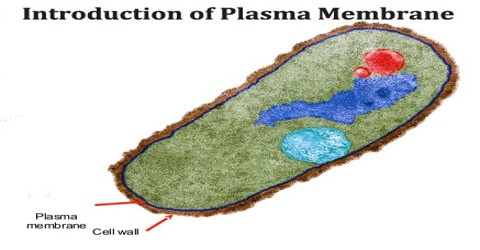Do you ask for 'plasma membrane thesis'? All the details can be found on this website.
The Plasma Membrane is a semipermeable constraining layer of cadre protoplasm consisting of a fluid phospholipid bilayer with intercalated proteins. The plasm membrane, also known as the cell tissue layer. The plasma tissue layer protects the cadre from its extraneous environment, mediates faveolate transport, and transmits cellular signals.
Table of contents
- Plasma membrane thesis in 2021
- Functions of membrane proteins
- Fluid mosaic
- Membrane proteins functions
- Plasmapheresis procedure
- Complications of plasmapheresis
- Plasma physics phd
- Plasmapheresis used to treat
Plasma membrane thesis in 2021
 This picture representes plasma membrane thesis.
This picture representes plasma membrane thesis.
Functions of membrane proteins
 This image representes Functions of membrane proteins.
This image representes Functions of membrane proteins.
Fluid mosaic
 This picture demonstrates Fluid mosaic.
This picture demonstrates Fluid mosaic.
Membrane proteins functions
 This picture representes Membrane proteins functions.
This picture representes Membrane proteins functions.
Plasmapheresis procedure
 This image shows Plasmapheresis procedure.
This image shows Plasmapheresis procedure.
Complications of plasmapheresis
 This picture representes Complications of plasmapheresis.
This picture representes Complications of plasmapheresis.
Plasma physics phd
 This image illustrates Plasma physics phd.
This image illustrates Plasma physics phd.
Plasmapheresis used to treat
 This picture illustrates Plasmapheresis used to treat.
This picture illustrates Plasmapheresis used to treat.
What do you need to know about the plasma membrane?
Topics Covered: Plasma membrane structure and function, roles of phospholipids, transport proteins (carrier and channel), cholesterol and carbohydrates, types of transport, diffusion, facilitated diffusion, active transport, osmosis. Check out the Worksheet that goes along with the game (courtesy of Ms. Ginnie Crotts)!
What is the role of cholesterol in the plasma membrane?
The plasma membrane is a semi-permeable phospholipid bilayer that contains a hydrophilic head and a non-polar hydrophobic tail. It contains hydrogen bonds between the phospholipids that help hold the plasma membrane together; cholesterol molecules are also embedded into the membrane for fluidity.
Which is the limiting layer of the protoplasm?
The Plasma Membrane is a semipermeable limiting layer of cell protoplasm consisting of a fluid phospholipid bilayer with intercalated proteins. The plasma membrane, also called the cell membrane.
Last Update: Oct 2021